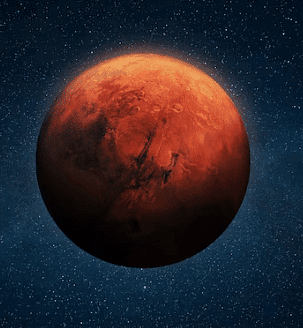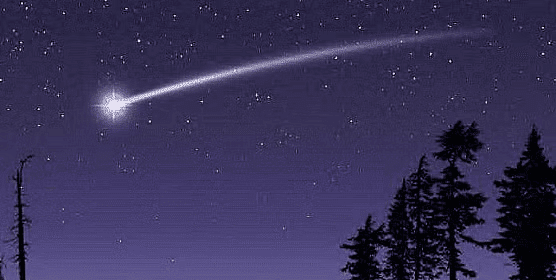Our Universe - 2 Class 3 Worksheet SST
Q1: Multiple-Choice Questions (MCQs)
(i) What is the name of the big group of stars, planets, and moons?
(a) Galaxy
(b) Universe
(c) Solar System
(d) Constellation
(ii) Which planet is known as the "Red Planet"? (a) Earth
(a) Earth
(b) Venus
(c) Mars
(d) Jupiter
(iii) What is the path that Earth takes around the Sun called?
(a) Route
(b) Orbit
(c) Journey
(d) Loop
(iv) Which celestial body is the closest to Earth?
(a) Mars
(b) Venus
(c) Jupiter
(d) Mercury
(v) What is a shooting star also known as?
 (a) Meteor
(a) Meteor
(b) Asteroid
(c) Comet
(d) Satellite
Q2: Fill in the Blanks
(i) The Sun is a __________ that provides light and warmth to Earth.
(ii) The Moon __________ around the Earth.
(iii) The __________ is the huge system of stars, planets, and other objects we see in the night sky.
(iv) The four inner planets of our Solar System are Mercury, Venus, __________, and Mars.
(v) The Milky Way is the name of our __________.
Q3: True/False Questions
(i) The Sun is the largest planet in our Solar System.
(ii) The Moon produces its own light.
(iii) The Milky Way is the name of our Solar System.
(iv) Stars are hot balls of gas that produce their own light.
(v) Earth orbits around the Moon.
Q4: Answer the following questions
(i) What is the Big Bang theory, and why is it considered the most accepted explanation for the origin of the universe?
(ii) Describe the significance of the Milky Way galaxy in the context of our Solar System.
(iii) Explain why Earth is referred to as an "ocean planet" and what makes it unique in the Solar System.
(iv) What role do satellites play in the Solar System, and can you provide an example of a natural satellite?
|
15 videos|85 docs|22 tests
|
FAQs on Our Universe - 2 Class 3 Worksheet SST
| 1. What is our universe? |  |
| 2. How old is our universe? |  |
| 3. What is the Big Bang theory? |  |
| 4. Are there other universes besides our own? |  |
| 5. What is dark matter and dark energy? |  |

















